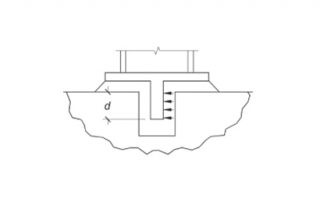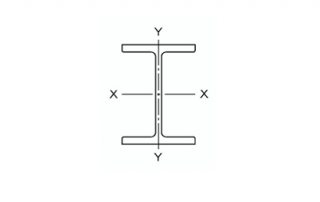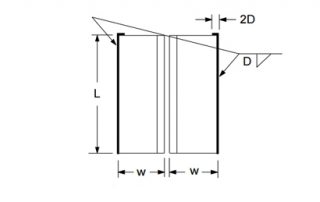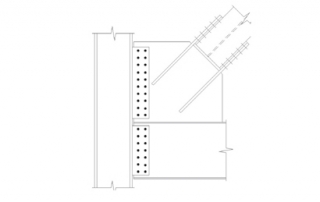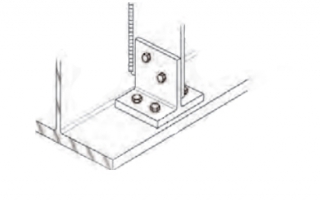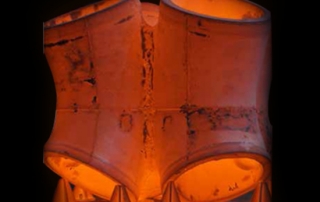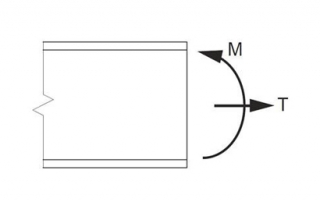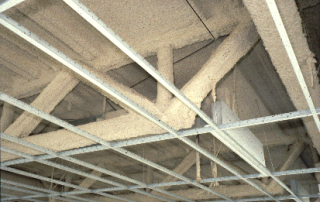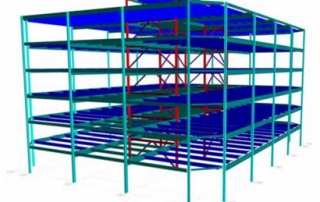Transfer of Shear Forces at the Base of a Column
Typically, a shear lug(s) is used to transfer large shear forces between a column base and the foundation (See Figure). Anchor rods are generally used to position, level and secure the column base plate. They may be used to transfer smaller shear. Use of standard hole size for bolts, or 1/16” hole clearance, is not practical [...]

